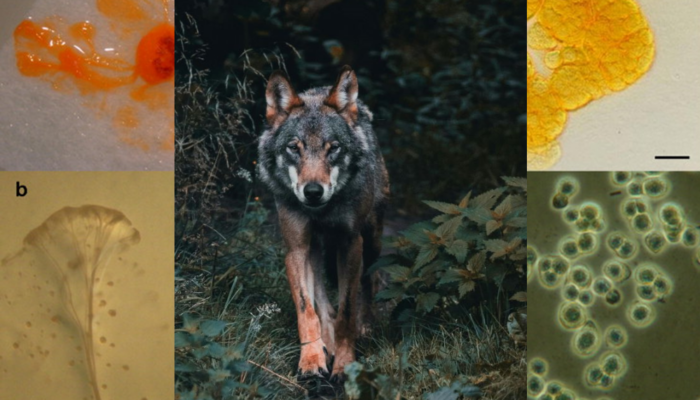In July 2021, the Benelux area, Germany, and France experienced heavy rainfall followed by mass flooding, causing widespread damage. Along the vast quantities of plastic swept along the riverbanks, Rahel Hauk, a researcher from Wageningen University, conducted fieldwork to assess the impact of the flood event on plastic deposition. Amidst the debris, Hauk and her colleagues noticed a large volume ...[Read More]
Past ice and future predictions – scanning and drilling the changing Antarctic ice

Did you know that some of the scientists of each General Assembly get invited to a press conference to face a group of curious journalists? I did not – but as press assistant for the #EGU24, I had the unique chance to attend the press conference “Unveiling Antarctica’s secrets: new research brings us one step closer to predicting the future of the icy continent”. Prominent scientists (Fig.1) ...[Read More]
Beyond the output
The EGU General Assembly provides ground for formal presentations and sessions conveying a body of knowledge. However, science is so much more. It is a social process driven by shared values, such as openness and integrity, and established customs, like peer review. As such, working in science is inherently a collaborative effort, and the EGU supports that by giving participants plenty of opportun ...[Read More]
Soil bacteria that hunt like a wolfpack? Myxobacteria and their role in the food web

Picture this: bacteria that can slime their way around the soil, finding their prey, circling it, closing in on it and lysing it (or making their cell pop), just to feed on their prey. It sounds like a far stretch from a wolf to a bacteria, but even other soil predators, the comparably huge nematode worms ( up to 100 times bigger!), are afraid of these bacterial “wolves”. I went to the Soil System ...[Read More]


